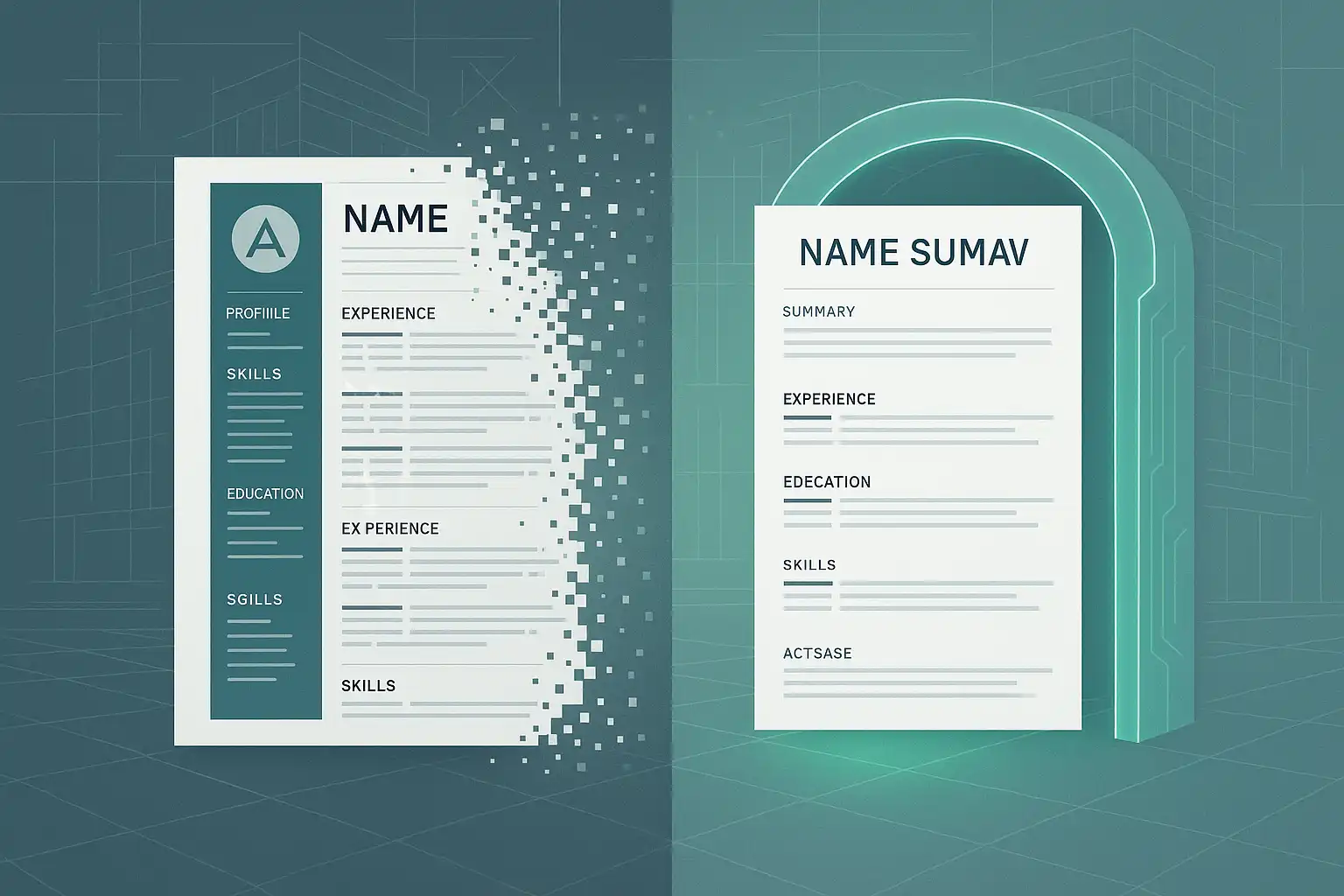- Home
- Articles
- Architectural Portfolio
- Architectral Presentation
- Inspirational Stories
- Architecture News
- Visualization
- BIM Industry
- Facade Design
- Parametric Design
- Career
- Landscape Architecture
- Construction
- Artificial Intelligence
- Sketching
- Design Softwares
- Diagrams
- Writing
- Architectural Tips
- Sustainability
- Courses
- Concept
- Technology
- History & Heritage
- Future of Architecture
- Guides & How-To
- Art & Culture
- Projects
- Interior Design
- Competitions
- Jobs
- Store
- Tools
- More
- Home
- Articles
- Architectural Portfolio
- Architectral Presentation
- Inspirational Stories
- Architecture News
- Visualization
- BIM Industry
- Facade Design
- Parametric Design
- Career
- Landscape Architecture
- Construction
- Artificial Intelligence
- Sketching
- Design Softwares
- Diagrams
- Writing
- Architectural Tips
- Sustainability
- Courses
- Concept
- Technology
- History & Heritage
- Future of Architecture
- Guides & How-To
- Art & Culture
- Projects
- Interior Design
- Competitions
- Jobs
- Store
- Tools
- More
Top Strategies for Maximizing Income as a Freelance Architect

Understanding the business side of architecture is as crucial as mastering the art of design. It’s not enough to be a great architect; you also need to be a savvy entrepreneur. In today’s competitive marketplace, freelance architects must think outside the box to increase their income. We’re here to share some proven strategies that can help you achieve just that.
Whether you’re a seasoned pro looking to elevate your business or a newbie trying to get your foot in the door, these tactics can provide a significant boost to your earnings. The freelance architect industry has swiftly evolved, presenting remarkable opportunities and challenges. By diversifying your income and leveraging your expertise, you can maximize your earning potential and thrive in this ever-changing landscape.
Stay tuned as we delve into the nitty-gritty of making more money as a freelance architect. From innovative business strategies to practical tips, we’ve got you covered.

Table of Contents
ToggleEstablishing Your Freelance Architecture Business
Maximizing income as a freelance architect opens up numerous opportunities but requires a structured approach. Let’s discuss the crucial steps to set a solid foundation for your business.
Choosing the Right Business Structure
Selecting the appropriate business structure impacts your taxes, liability, and overall business operations. Options generally include Sole Proprietorship, Limited Liability Company (LLC), and Corporation.
- Sole Proprietorship: Simple to set up, fewer regulations, personal liability for business debts.
- LLC: Limits personal liability, offers tax flexibility, more complex setup than sole proprietorship.
- Corporation: Provides maximum liability protection, more tax options, higher complexity and expense in setup and maintenance.
Research each option’s pros and cons in the context of your business needs and financial goals.
Setting Up Essential Tools and Software
Effective tools and software streamline your operations, improve efficiency, and enhance project management.
- Design Software: Essential for creating drawings and renderings. Popular choices include AutoCAD, Revit, and SketchUp.
- Project Management Tools: Crucial for tracking progress and deadlines. Tools like Trello, Asana, and Basecamp are widely used.
- Accounting Software: Helps manage finances and invoicing. Consider QuickBooks, FreshBooks, or Xero for your needs.
- Communication Platforms: Facilitate client and team interaction. Use Slack, Microsoft Teams, or Zoom for efficient communication.
Implementing these tools standardizes your workflow and aids in delivering high-quality work consistently.
Establishing a freelance architecture business involves meticulous planning and strategic decisions. Choosing the right business structure and setting up essential tools streamlines operations, paving the way for successful and lucrative projects.

Building a Strong Professional Brand
Developing a Compelling Portfolio
A compelling portfolio showcases our skills, creativity, and experience to potential clients. To create an impactful portfolio, we should carefully select diverse projects that highlight various aspects of our architectural expertise, such as residential designs, commercial spaces, and renovation projects. Including detailed descriptions, high-quality images, and project timelines gives potential clients a comprehensive understanding of our work.
We can organize our portfolio in both digital and physical formats. A digital portfolio can be easily shared and updated, while a physical one can make a lasting impression during face-to-face meetings. To keep our portfolio current, we regularly add new projects, update completed ones, and refine the presentation.
Crafting an Engaging Online Presence
An engaging online presence starts with a professional website that serves as our digital business card. Our website should include a portfolio section, an about page, client testimonials, and contact information. Utilizing search engine optimization (SEO) strategies, like using relevant keywords and optimizing page load times, can improve our website’s visibility in search results.
Social media platforms are powerful tools for connecting with a broader audience. We should consistently post updates on platforms like LinkedIn, Instagram, and Facebook, sharing insights into our projects, design tips, and industry news. Engaging with followers by responding to comments and participating in discussions helps build a community around our brand.
Blogging can further enhance our online presence. By writing articles on architectural trends, sustainable design, and project case studies, we position ourselves as thought leaders in the industry and attract potential clients searching for expertise. Cross-promoting blog posts on social media platforms amplifies our reach and drives traffic to our website.

Expanding Your Professional Network
Leveraging Social Media
Social media platforms provide powerful tools for networking and showcasing professional expertise. LinkedIn stands as the primary platform for professional connections, where we can join industry-specific groups, share our work, and participate in discussions. Regular updates about ongoing projects or sharing industry news can keep our connections engaged and increase visibility.
Instagram and Pinterest are ideal for visual portfolios. By posting high-quality images and engaging with followers through comments and stories, we can attract potential clients and collaborators. Twitter allows us to stay updated with the latest industry news and trends, as well as participate in relevant conversations using hashtags.
Attending Industry Events
Industry events like conferences, workshops, and trade shows offer excellent opportunities for building our professional network. These events allow us to meet like-minded professionals, potential clients, and industry leaders, which can lead to future collaborations and referrals. We should prioritize events that are specific to architectural design or related fields to maximize the relevance of our connections.
Bringing business cards and having an elevator pitch ready can make initial meetings more effective. Additionally, participating as a speaker or panelist at these events can enhance our credibility and visibility within the industry. Engaging in follow-up communication after the event is crucial to maintain and build upon the connections made.
By integrating social media engagement and active participation in industry events, we can effectively expand our professional network and uncover new opportunities for growth and collaboration.
Diversifying Your Income Streams
Freelance architects can boost their earnings and resilience by exploring varied income sources. Diversifying income streams mitigates risks and opens up new opportunities for financial stability and professional growth.
Offering Consulting Services
Consulting services allow architects to leverage their expertise in different ways. We can offer targeted consulting sessions where we provide clients with insights on design, sustainable practices, or project management. For instance, conducting site inspections or reviewing construction offers for a fixed fee can attract clients looking for expert opinions without committing to a full-scale project.
Providing training sessions is another effective avenue. We might conduct workshops on using Building Information Modeling (BIM) or other advanced design software. This not only generates income but also positions us as thought leaders in the industry. By focusing on specialized areas, we can create standardized packages that deliver consistent value to clients while streamlining our work processes.

Exploring Passive Revenue Opportunities
Passive revenue streams can significantly enhance our financial stability. Creating digital products like e-books, templates, or online courses allows us to earn income without constant active involvement. These products can serve the needs of other architects, students, or DIY enthusiasts interested in architectural design and processes.
Developing a subscription-based service is another method. For example, offering a monthly newsletter with exclusive content, resources, or industry insights can attract a dedicated audience willing to pay for valuable information. Additionally, monetizing a blog with ad revenue or affiliate marketing links can bring in a steady income if we provide high-quality, engaging content regularly.
By incorporating these diverse income streams, we can maximize our earnings, reduce dependency on traditional architectural projects, and open up new avenues for personal and professional growth.
Conclusion
Architects have a variety of lucrative side hustles that can supplement their income and provide creative outlets. Freelance architectural design allows us to work on a range of projects from residential to commercial design. By offering architectural visualization services, we can create stunning 3D renderings and virtual reality tours. Additionally, architectural writing and blogging provide avenues for us to share our expertise and insights with a wider audience.
By exploring these side hustles, we can enhance our financial stability and expand our professional horizons. To start freelancing, it’s crucial to create a portfolio of our previous work, build a network of potential clients, and promote our services through online platforms and social media.
Considerations of overhead factors, such as rent and taxes, are essential. For example, if we charge $108 per hour for 2,080 billable hours, it translates to a $224,640 salaried employee once overhead and profit margins are applied. It’s important to account for these factors to set realistic rates and expectations.
In our industry, normal overhead factors range from 2 to 2.25 times our hourly rate. For instance, working as a contractor in Denver with a rate of $50 per hour and 24 years of experience may equate to approximately $95,000 annually, accounting for holidays and sick leave.
Exploring side hustles such as consulting services, training workshops, and digital products like e-books and online courses, as well as subscription-based services like exclusive newsletters and monetized blogs, can diversify our income streams. Incorporating these diverse income streams helps us maximize earnings, reduce dependency on traditional projects, and open new avenues for personal and professional growth.
By leveraging our skills and exploring these opportunities, we can unlock our full potential as architects and create a fulfilling and financially rewarding career.
Submit your architectural projects
Follow these steps for submission your project. Submission FormLatest Posts
How to Become a Freelance Architect Step by Step: From License to Loyal Clients
How to become a freelance architect, step by step: licensing, legal setup,...
How Architects Can Pick the Perfect AI Resume Builder—A Practical Buyer’s Guide
Nearly every major architecture firm now routes applications through an applicant tracking...
Brand Strategy for Architects and Designers
Today, architects and designers must build strong brands that reflect their vision...
Why Students Choose to Study Architecture: Unpacking Passion and Career Opportunities
Explore the compelling reasons students choose to study architecture in this insightful...












Leave a comment